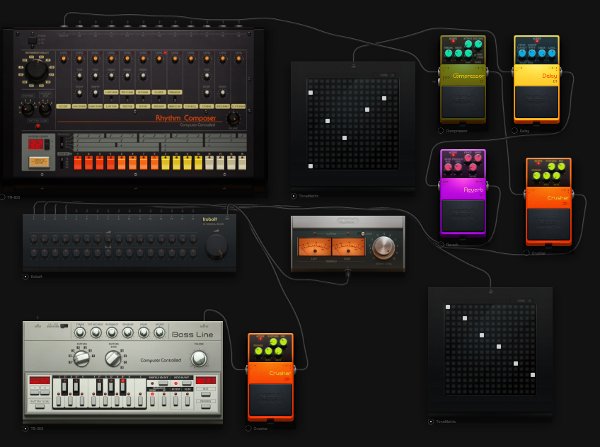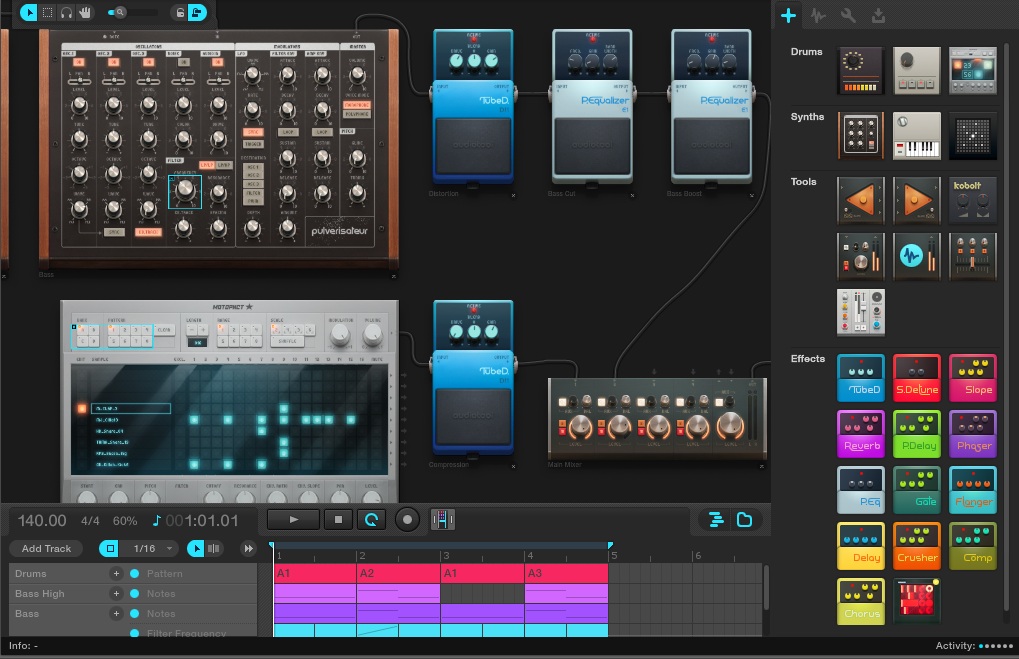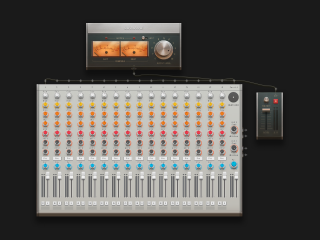

At night, I would be on-the-air from 6:00 until 10:00, and then I would do my thing in the Production Studio – with sessions often lasting until 4:00-5:00 the next morning (you can do that at that age and live on fast food!). Given the title of Production Director, by day, I would turn bad newspaper ads into multi-voiced radio spots.
AUDIOTOOL RADIO FULL
But my story actually begins as a kid in his early 20s who had somehow landed a full time job at a Full Service suburban station near the Detroit market. A Bit of Background.Īdobe Audition is currently celebrating its 25th years. Moreover, the current CC version of Audition seems to have gotten almost everything right! Even better, you do not have to plunk down $300 or more up front for the whole product. Everything was pretty much where I expected it to be, whereas the transition from 1.0/1.5 to 2.0 was more challenging. I found the transition to Audition CC painless. I personally worked most extensively with Audition 3.0, then briefly version 5.5. However, prior computer experience, educational materials, and extensive support makes getting comfortable with Adobe Audition a fairly comfortable experience, and going from an old version of Adobe Audition to the present Creative Cloud version is pretty easy!

Of course, as with any new tool there is a learning curve. Plus, with Adobe Audition, you are not going to slice your flesh with the razor blades as if you physically edited audio with reel-to-reel tape. In effect, Adobe Audition replaces racks of equipment and a bulky maintenance item – the reel-to-reel tape deck. The cool part is that it is an all-in-one package that can live on either or both your laptop and/or desktop computer.

a simple (or not so simple) audio player,.an interactive audio spectrum analyzer,.an audio editing tool that is much more than a highly precision audio editor,.This article is about the current version of Adobe Audition, now known as part of the Adobe Creative Cloud or Audition CC.Īudition is a computer-based multi-function tool for the production room. As time and technology advance, those tools often do evolve and improve – sometimes drastically.Īmong engineers who have been in radio for a while, few have not lugged a heavy oscilloscope with a CRT rather than what is today replaced by a flat screen device that fits in a tool case? You almost certainly have had to work on a cart machine that “ate” a tape or ignored a stop cue, replaced by a CD player susceptible to dirt or broken switches, and now you are tasked to maintain computer-base audio storage and playout machines. Most professions have some tool or tools which are crucial to being able to do the job. It is still the “standard” for radio production.īob Burnham has watched the changes and checked out the latest version. With so much production being done on computer systems, finding the right features and operational ease is important. Richard Haskey's: The Worst I've Ever Seen!.


 0 kommentar(er)
0 kommentar(er)
